Author Archives: Ajitesh Kumar
Support Vector Machine (SVM) Interview Questions

Support Vector Machine (SVM) is a machine learning algorithm that can be used to classify data. SVM does this by maximizing the margin between two classes, where “margin” refers to the distance from both support vectors. SVM has been applied in many areas of computer science and beyond, including medical diagnosis software for tuberculosis detection, fraud detection systems, and more. This blog post consists of quiz comprising of questions and answers on SVM. This is a practice test (objective questions and answers) that can be useful when preparing for interviews. The questions in this and upcoming practice tests could prove to be useful, primarily, for data scientists or machine learning interns/ …
Free Python & R Training from Spoken Tutorial Initiative

Many people today are interested in learning Python and R. Are you starting on data science and machine learning and looking to get trained with python and R skills? These two programming languages are very popular because they allow for the analysis of data sets that is not possible with other tools. The training offered at Spoken Tutorial Initiative will introduce you to Python and R, while also providing helpful tips on how to use them effectively. Spoken Tutorials Initiative by IIT Bombay is an initiative of NME (National mission on Education) through Govt. of India, ICT, MoE to promote IT literacy on free and open source software (FOSS) by …
Machine Learning Examples from Daily Life
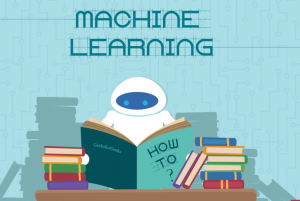
Machine learning is a powerful machine intelligence technique that can be used in a variety of settings to generate data insights. In this blog post, we will explore real-world or real-life machine learning / deep learning / AI examples from daily life. We’ll see how machine-learning techniques have been successfully applied to solve real-life problems. The idea is to make you aware of how machine learning and data science applications are everywhere. What are some real-world examples of machine learning from daily life? Here are some real-world examples of machine learning that we use in our daily life: Best driving directions (Google Maps): A bunch of machine learning / deep …
8 Months Data Science Program from IIT Chennai
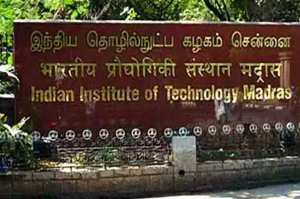
Are you looking for a new job or build your career in the field of data science? Data science is the hottest career in India right now. It is one of the most sought after skills today. It’s not just about crunching numbers anymore – it’s an exciting, dynamic field that requires creativity and critical thinking. With data science, you can solve problems and make a real impact on society. And with IIT Madras offering diplomas in data science, there has never been a better time to get started! IIT Madras has launched its diploma program in Data Science for college students, working professionals and job seekers who aim to …
Stock Price Prediction using Machine Learning Techniques
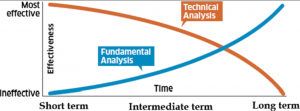
In the past few decades, many advances have been made in the field of data analytics. Researchers are now able to predict stock prices with higher accuracy due to analytical predictive models. These predictive techniques utilize data from previous stock price movements and look for patterns that could indicate future stock price changes in the market. The use of these machine learning techniques will allow investors to make better decisions and invest more wisely by maximizing their returns and minimizing their losses. In this blog post, you will learn about some of the popular machine learning techniques in relation to making stock price movement (direction of stock price) predictions and …
How to Create Data-Driven Culture: Key Steps
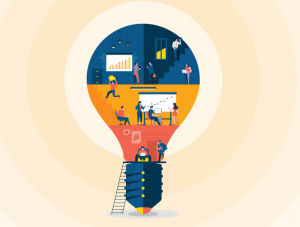
In today’s competitive business environment, companies are looking for the cutting edge they can get to stay ahead. One of the ways to beat the competition is by establishing a culture of data-driven decision making. In this blog post, we will explore how to create a data-driven culture that values data analytics and provides actionable insights into what needs to be done next in order to create a future-ready digital organization. What is data-driven culture? Data-driven culture is about creating an organization that is data-driven, where everything from business processes to culture supports the need for data-based decision making. In other words, every step of a business process must be …
Data Readiness Levels Assessment: Concepts
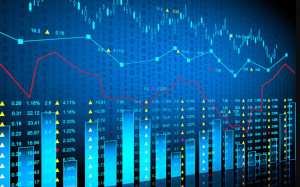
Data readiness levels (DRLs) and related assessments are an important part of data analytics. Data readiness levels is a concept where different stages represent the quality and maturity of data. Data science is becoming increasingly popular, but not all companies have the right level of data readiness for this type of work. Performing data readiness levels assessment is important because it gives an insight into the quality and quantity of your current datasets and helps determine future success of the data analytics project. This blog post will explain what data readiness levels are and why assessment tests are important in relation to them. What are data readiness levels? Data readiness …
Data Science / AI Team Structure – Roles & Responsibilities
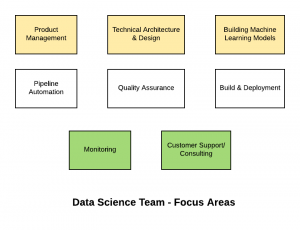
Setting up a successful artificial intelligence (AI) / data science or advanced analytics practice or center of excellence (CoE) is key to success of AI in your organization. In order to setup a successful data science COE, setting up a well-organized data science team with clearly defined roles & responsibilities is the key. Are you planning to set up the AI or data science team in your organization, and hence, looking for some ideas around data science team structure and related roles and responsibilities? In this post, you will learn about some of the following aspects related to the building data science/machine learning team. Focus areas Roles & responsibilities Data Science Team – Focus …
Sentiment Analysis & Machine Learning Techniques
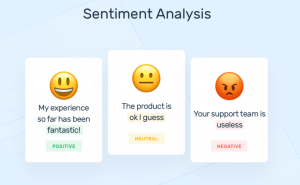
Artificial intelligence (AI) / Machine learning (ML) techniques are getting more and more popular. Many people use machine learning to analyze the sentiment of tweets, for example, to make predictions related to different business areas. In this blog post, you will learn about different machine learning / deep learning and NLP techniques which can be used for sentiment analysis. What is sentiment analysis? Sentiment analysis is about predicting the sentiment of a piece of text and then using this information to understand users’ (such as customers) opinions. . The principal objective of sentiment analysis is to classify the polarity of textual data, whether it is positive, negative, or neutral. Whether …
Clinical Trials & Predictive Analytics Use Cases
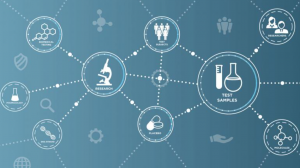
Analytics plays a big role in modeling clinical trials and predictive analytics is one such technique that has been embraced by clinical researchers. Machine learning algorithms can be applied at various stages in the drug discovery process – from early compound selection to clinical trial simulation. Data scientists have been applying machine learning algorithms to clinical trial data in order to identify predictive patterns and correlations between clinical outcomes, patient demographics, drug response phenotypes, medical history, and genetic information. Predictive analytics has the potential to enhance clinical research by helping accelerate clinical trials through predictive modeling of clinical outcome probability for better treatment decisions with reduced clinical trial costs. In …
Local & Global Minima Explained with Examples
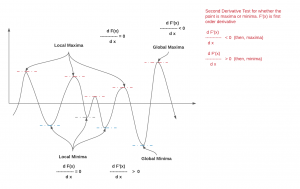
Optimization problems containing many local minima remains a critical problem in a variety of domains, including operations research, informatics, and material design. Efficient global optimization remains a problem of general research interest, with applications to a range of fields including operations design, network analysis, and bioinformatics. Within the fields of chemical physics and material design, efficient global optimization is particularly important for finding low potential energy configurations of isolated groups of atoms (clusters) and periodic systems (crystals). In case of Machine learning (ML) algorithms, theer is a need for optimising (minimising) the cost or loss function. In order to become very good at finding solutions to optimisation problems (relating to minimising …
Procure-to-pay Processes & Machine Learning
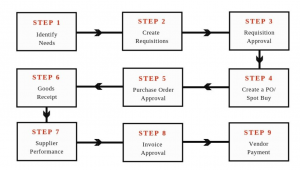
The procure-to-pay (P2P) cycle or process consists of a set of steps that must be taken in order for an organization to procure and pay for goods and services. Procurement is the process by which organizations purchase goods, supplies, equipment, or services from outside sources. The procurement function may also serve as an intermediary between two internal departments or divisions that have overlapping needs. In this blog post, we will discuss how AI / machine learning can be leveraged to automate certain procure-to-pay processes such that procure-to-pay teams can focus on core business goals. What is the procure-to-pay cycle or process? The procure-to-pay (P2P) cycle or process is defined as …
Building Machine Learning Models & Dev Challenges

The machine learning models and AI implementation industry is booming. The demand for machine learning models has never been higher, but the challenges of machine learning development and deployment have also increased. In this post, we will discuss a few common machine learning development and deployment challenges. In future blogs, we will learn about solutions to overcome these challenges. This blog post will help you learn and understand some of the key challenges that you may face if you are planning to start machine learning practice in your organization. These challenges are also very much relevant if you have machine learning engineers and data scientists working across different offices/locations on …
Poisson Distribution Explained with Python Examples

Poisson distribution is a probability distribution that can be used to model the number of events in a fixed interval. It is often referred to as “random poisson process” or “poisson process”. The poisson distribution describes how many occurrences of an event occur within a given time frame, for example, how many customers visit your store or restaurant every hour. In this post, you will learn about the concepts of Poisson probability distribution with Python examples. As a data scientist, you must get a good understanding of the concepts of probability distributions including normal, binomial, Poisson etc. What is Poisson distribution? Poisson distribution is the discrete probability distribution which represents the …
Demand Forecasting & Machine Learning Techniques
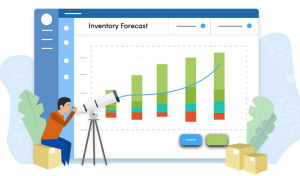
Machine learning is a technology that can be used for demand forecasting in order to make demand forecasts more accurate and reliable. In demand forecasting, machine learning techniques are used to forecast demand for a product or service. There are different types of machine learning/deep learning techniques used in demand forecastings such as neural networks, support vector machines, time series forecasting, and regression analysis. This blog post will introduce different machine learning & deep learning techniques for demand forecasting and give an overview of how they work. What is the demand forecasting process? The demand forecasting process is defined as the creation of demand forecasts, demand planning, and demand decision …
Agriculture Use Cases & Machine Learning Applications
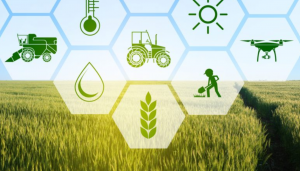
Today agriculture is in a state of flux. Farmers are faced with the challenges of producing more food in face of a changing climate and population growth, while also adapting to evolving technologies that have changed agriculture forever. Machine learning has been applied to agriculture for many different use cases, from irrigation scheduling to pest management. In this post, we will explore agriculture use cases for machine learning & deep learning that can help farmers meet these challenges head-on. Different machine learning applications can be built around these agricultural use cases. It will be helpful for data scientists to get a high level idea around use cases and related machine …
I found it very helpful. However the differences are not too understandable for me